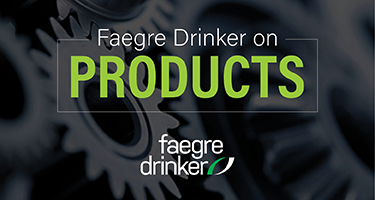Peer-reviewed literature can be a powerful tool in attacking an opposing expert’s opinions. A solid, on-point article can do more than merely satisfy several of the so-called Daubert factors for assessing reliability – by showing a court that others in a challenged expert’s field disagree with his or her opinions, literature can remove any expert “aura” that might discourage a lay judge from discharging his or her duty as a gatekeeper. Presenting literature that directly undermines the expert’s opinion can make the difference between winning and losing a motion to exclude, especially where the expert’s opinion is not supported by other literature accepted in the field.
A recent example is U.G. v. United States, 2022 WL 7426212 (S.D.N.Y. Oct. 13, 2022), a medical malpractice action under the Federal Tort Claims Act in which plaintiff suffered a shoulder injury during his birth and was later diagnosed with permanent Erb’s palsy, or brachial plexus injury. He alleged that the obstetrician caused the injury by using excessive force on his head and shoulders during delivery. In support of his claims, he offered two causation experts – an obstetrician/gynecologist and a pediatric neurologist– both of whom claimed the “totality of the circumstances” ruled out several possible alternate causes and thus showed that the defendant caused the injury.
Continue reading “Experts’ Disagreement with Medical Literature Leads to Exclusion”

